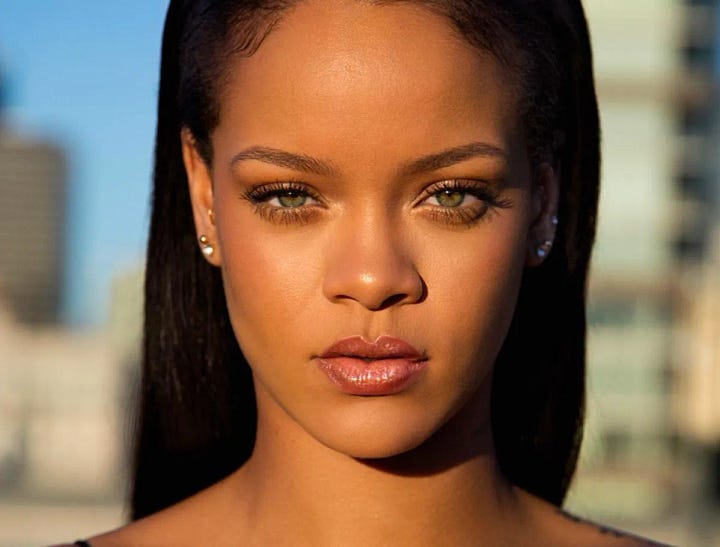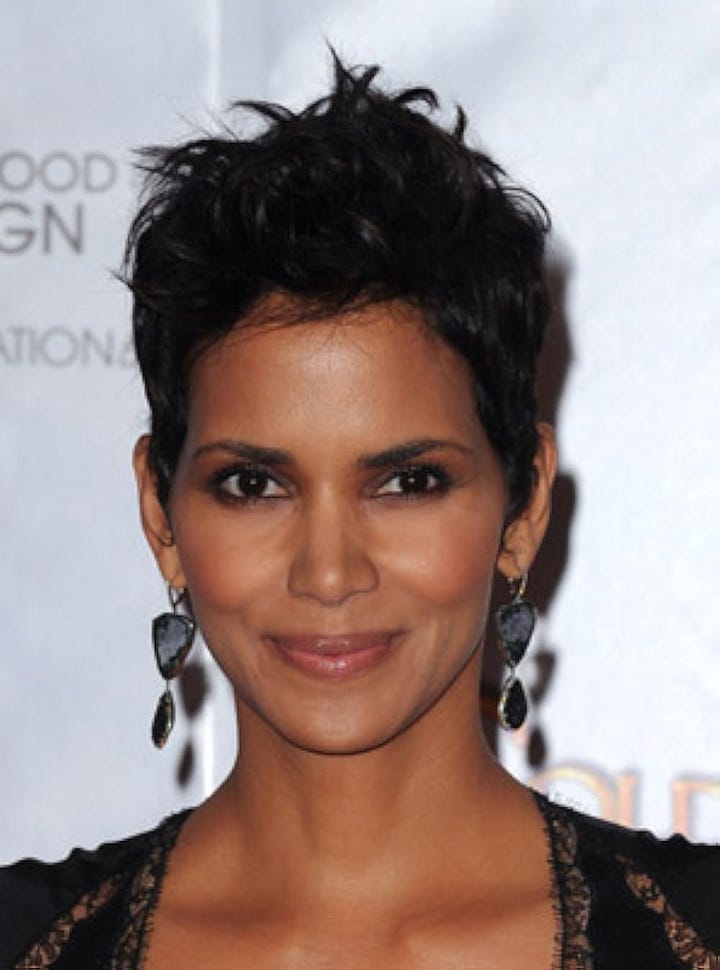Eyeshadow Application Series 1
It sounds so easy and yet….. sometimes it looks great, sometimes you wonder why you bother. Why is applying eye shadow such a mystery?
Do you apply your eyeshadow the same way daily? Or have you given up entirely on the process? Why does shadow look good some days and so-so on others? Is it the colors we choose? Is it the application? Cheap product? Bad brushes? What gives?
When Eye Shadow Looks Good
Typically our eyeshadow looks great when it is applied in a way that fits our eye shape. I know, it sounds way too technical for eyeshadow. But, I am a pro artist and am trying to elevate the makeup game here on Substack. So…consider this techno-nerdy stuff part of my “charm” (insert wink emoji). Anyway, if the eyeshadow fits the eye, it is going to look better and be more noticed. WHY?
Because it is DOING SOMETHING. It isn’t just a mash of color sitting above your eyeball. It is widening, softening, popping, tightening or enlarging your eye space. And so people see that and they notice. They say, “Oooh, your eyes are SO pretty” or “I love your eyes”….
That is the key. Getting to that place, that point where your eyeshadow is doing something positive and desired for your eyes requires a few things. That is what this next series will cover.
What are the few things that make your eyeshadow good?
Eye Shape / Eye Color / Application
The three keys to understanding eye makeup. What should we cover first? Let’s do eye shape and placement. We will start with the basics.
Wide Eyes and Narrow Eyes


The first thing to know about your eyes, or to analyze with your client is how far apart they are. This measurement is step one. It is how we know whether to put light on the inner or outer corner.
Trend has us all putting a shimmery blob on the inside corner of our eyes, near the tear duct. But this is not always the best placement for an eye. We first need to know if the eyes are narrow or wide.
To determine the width of the eyes, measure the space from tear duct to tear duct and then compare it to the width of your eye. If the space between the eyes is longer than the eyes, you have a wide set eye, if it is smaller you have a close-set or narrow eye. If it is even you are just perfect and have no problems! (PS. I am writing while delayed at an airport and having a glass of wine. I might be sassier than usual.)
Anyway, I digress. Once you know if your eyes are narrow or wide, that will determine where the lighter of the shadows goes. Because light and shimmer “open” a space. So a narrow eye will put the lighter color on the inner lid to open the space between the eyes. A wide eye will put the lighter color on the outer lid to bring the eyes in.
Keep reading with a 7-day free trial
Subscribe to Makeup Lessons & Color Theory to keep reading this post and get 7 days of free access to the full post archives.

